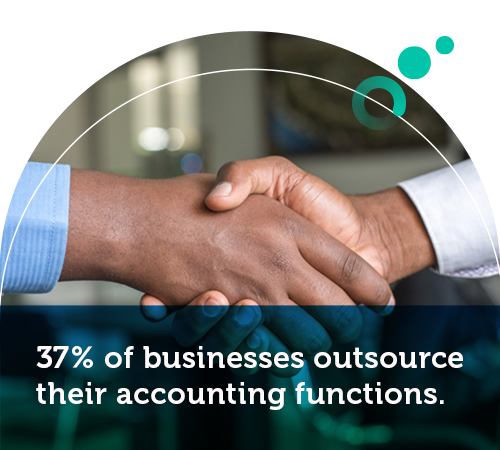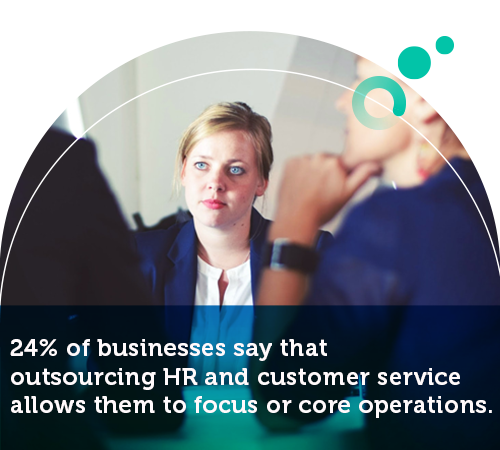
Why Should Employers Consider Virtual Health Clinics as a Benefits Solution?
As healthcare continues to shift into the digital realm, employers must reevaluate their benefits packages to meet the growing demand for accessible care. Can virtual health clinics offer a solution to this challenge?





